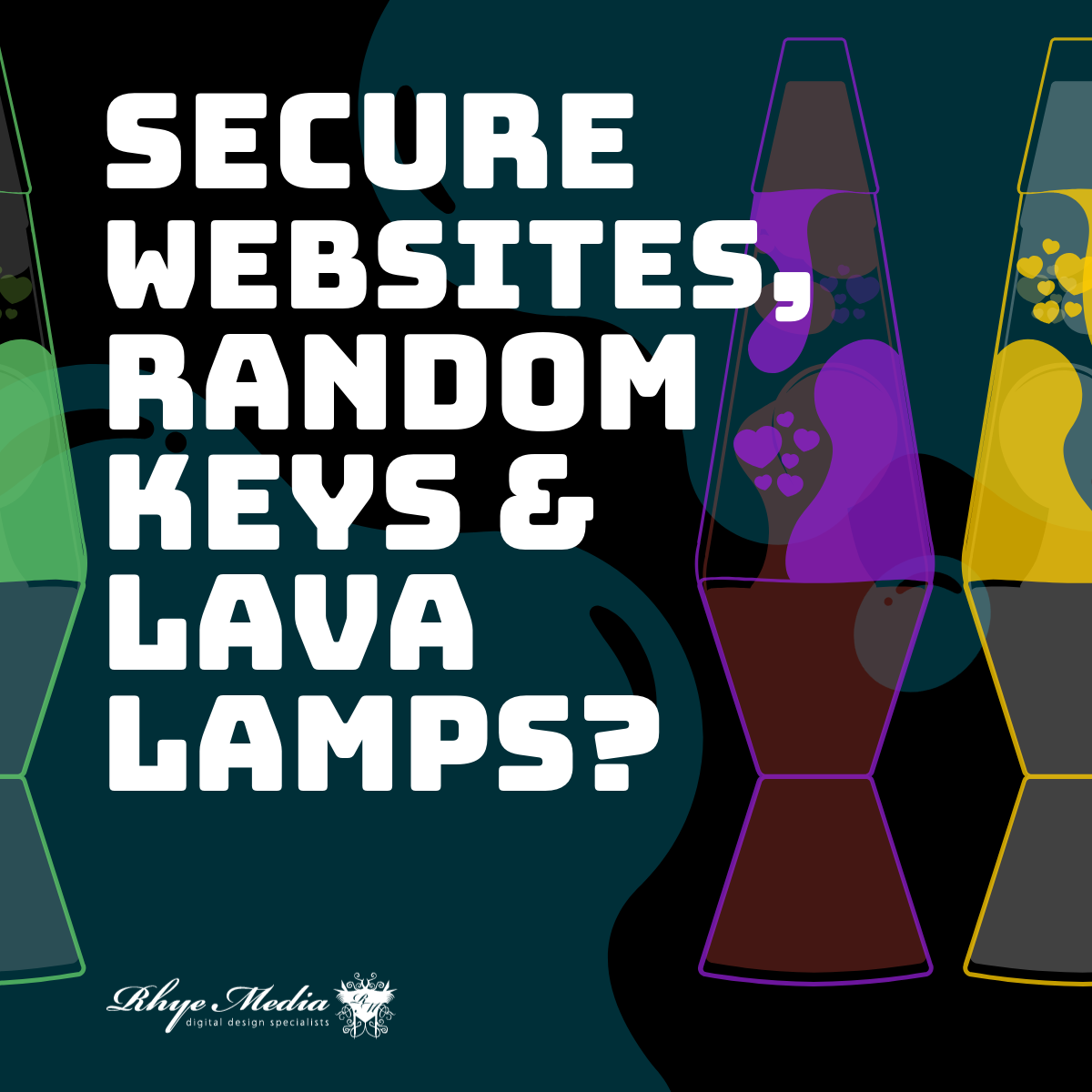Secure Website Connections and SSL Encryption
Whenever a user loads a secure website (one using HTTPS), their browser and the web server engage in an encrypted communication process using SSL/TLS protocols. This encryption ensures that data transmitted between the user and the website remains confidential and tamper-proof.
The process relies on cryptographic keys, which must be both random and unpredictable to prevent attackers from deciphering the data.
At their core, computers follow strict logical sequences, executing pre-programmed instructions with absolute precision. This fundamental characteristic makes it nearly impossible for a computer to generate a truly random number. Instead, they rely on algorithms to simulate randomness, often referred to as Pseudorandom Number Generators (PRNGs).
Pseudorandom Number Generators and Unpredictability
For encryption purposes, merely having numbers that appear random isn't enough; they must also be unpredictable. PRNGs, while useful for many applications, fall short in cryptographic security because an attacker who discovers the seed can reconstruct the entire sequence. To combat this, cryptographically secure PRNGs (CSPRNGs) incorporate additional entropy from external sources, such as mouse movements or keystrokes, to introduce genuine unpredictability.
Why do Computers Struggle with Randomness?
While PRNGs can produce sequences that appear random, they are ultimately deterministic, meaning that given the same initial conditions (or seed), they will generate the same sequence of numbers. Artificial intelligence models, such as ChatGPT, also operate within structured frameworks and rely on probabilistic models (a statistical tool that uses probability to estimate the likelihood of an event occurring) to generate responses.
While these responses may seem varied, they are influenced by predefined training data, weighting mechanisms, and, in some cases, randomisation techniques. If asked the same question multiple times, ChatGPT may generate different answers depending on factors such as context, previous interactions, and system settings. However, this variation does not equate to true randomness, as the outputs are still governed by deterministic rules(follows a specific set of rules and conditions to reach a definite outcome) and statistical likelihoods.
Generating True Randomness using Lava Lamps?
To address the limitations of PRNGs, some companies employ creative methods for generating true randomness.
Cloudflare, a major web security provider, famously uses a wall of lava lamps to generate cryptographic entropy. By continuously capturing images of the lamps' dynamic, unpredictable flow, they convert the visual data into random numbers. These numbers serve as an entropy source for their encryption processes, ensuring that the keys used to protect internet traffic are genuinely unpredictable.
Is Your Website Secure?
Do you know if your current hosting or website uses encryption (SSL/TLS)? Did you know that non-secure content can also have a negative impact on search engine rankings and user trust. If you're unsure about your site's security and would like to discuss how encryption can protect your business and improve your online presence, feel free to contact me.


